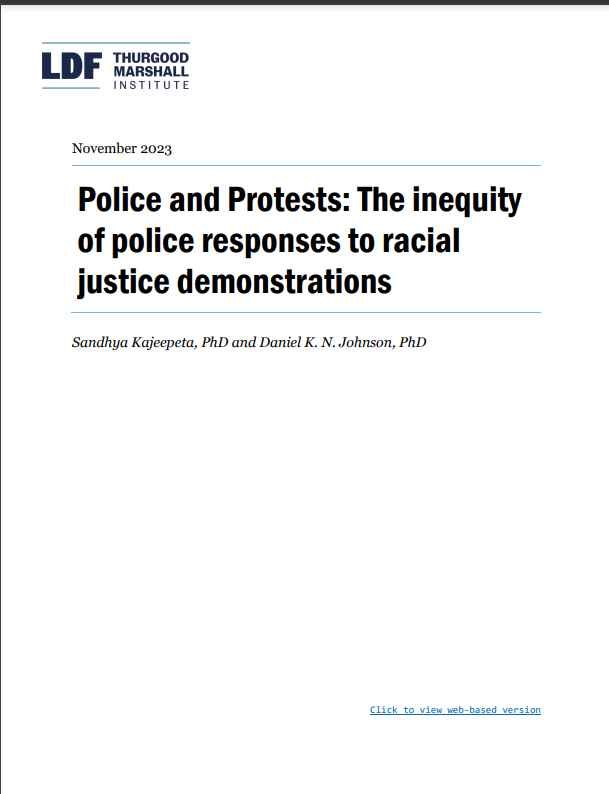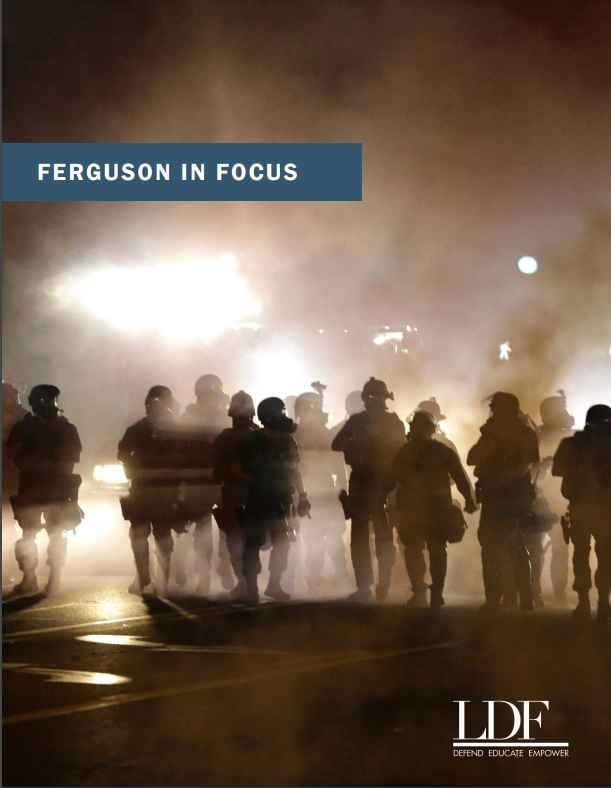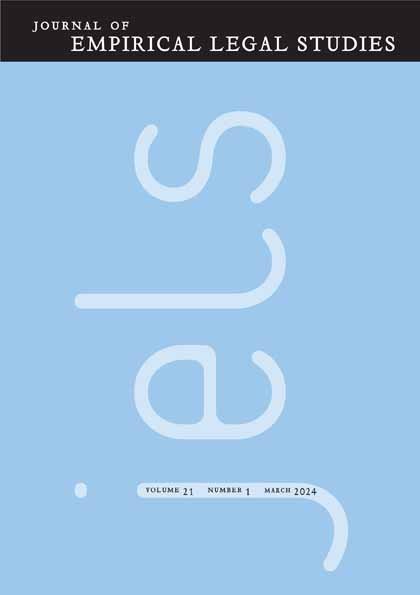By: Sandhya Kajeepeta, Daniel K. N. Johnson
On July 11, 2020, 26-year-old Donavan La Bella was participating in a protest against racialized police violence in Portland, Oregon when a federal law enforcement officer fired an impact munition into his face, causing severe injury including a fractured face and skull. Video footage from the event shows Mr. La Bella standing unarmed with both hands over his head, holding a speaker playing the song “Black Lives Matter” by the recording artist Dax. Federal law enforcement officers then threw a canister of smoke or tear gas toward him, which Mr. La Bella pushed away from his feet. Then, a federal officer fired the impact munition at Mr. La Bella, hitting the young man directly in the face. Mr. La Bella was rushed to the hospital for emergency surgery. He survived the assault, but he has suffered permanent brain damage, including impairments to his cognitive function and impulse control. Donavan La Bella is one of tens of millions of people in the U.S. (and many more across the world) who participated in racial justice demonstrations during the summer of 2020 in response to police killings of Black Americans, including George Floyd and Breonna Taylor. In the U.S., there were well over 7,000 public demonstrations for racial justice across more than 2,400 locations in all 50 states, arguably the largest protest movement in the nation’s history. An overwhelming majority (an estimated 93%) of racial justice demonstrations in the summer of 2020 involved no violence, property destruction, or road blockades. However, police responses to protests varied widely, ranging from no presence at all to mass arrests, indiscriminate use of projectiles and chemical weapons (e.g., rubber bullets, tear gas, pepper spray), and driving police vehicles into crowds of protestors. Those types of police responses served as yet another example of the very police violence that protestors were calling to end. During the summer of 2020, there were also thousands of public demonstrations about issues other than racial justice, such as protests related to COVID-19 pandemic measures, labor movements, LGBTQ rights, political candidates, support for white nationalism, and more. This presented a unique opportunity to study how police responses to protests may have varied depending on the issue being protested. We found striking disparities in police responses to protests in the summer of 2020. At racial justice demonstrations, police were more likely to be present, more likely to have an escalated presence (i.e., riot police, state police, or national guard), and more likely to escalate their response to include arrests, projectiles, and chemical weapons, compared to similar demonstrations unrelated to racial justice. We begin this brief by describing the significance of the right to protest and how inequitable police responses to protest can undermine U.S. Constitutional rights under the First, Fourth, and Fourteenth Amendments. We then present the findings from our analysis of protests in the summer of 2020, discuss the implications of these findings, and argue that police, ultimately, should not be tasked with managing protests.
Washington, DC: NAACP Legal Defense and Educational Fund,2023. 23p.


























